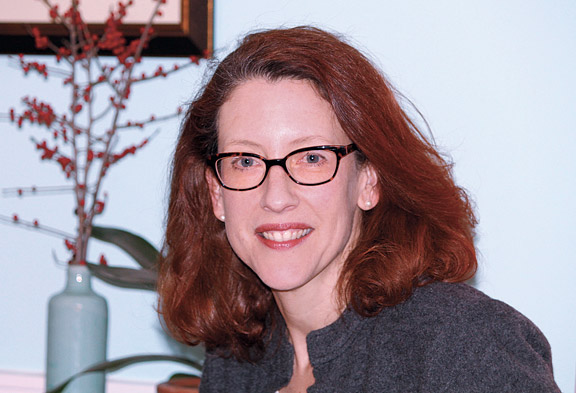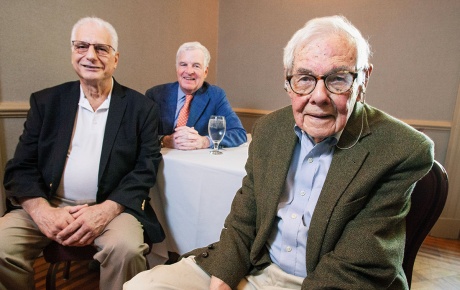
Courtesy Amy Barasch
AB I was working as a journalist in France for three years and was in some ways putting off going to law school. My father was an attorney and had always said, “Don’t become a lawyer.” It was only a couple of years after college that I realized he didn’t really mean that—he loved being a lawyer. I just probably wanted to be a different kind of lawyer than he was. I’d always been interested in women’s issues generally, but it was at law school that I realized that domestic violence was one area where we hadn’t made as much progress as we should have.
BAM Have we made more progress since then?
AB It’s a complicated question. We have a lot of definitions out there of domestic violence. It’s a challenge to compare data from year to year. We have an accounting problem. That being said, we do know we have made some enormous strides. The number of homicides has gone down over the past twenty-five years. And we’ve seen important legislative changes. A lot of the legal progress is due to the federal Violence Against Women Act.
BAM As executive director of the New York State Office for the Prevention of Domestic Violence, you played a major role in the passage of a strangulation law in 2010. Why did we need one?
AB We were certainly one of the fingers on the scale. The nature of strangulation is, if the offender releases their grip soon, the victim might have been seconds away from death, but there would be almost no evidence that anything happened. Officers knew they were seeing a lot of strangulation incidents in the field, but if the victim was lucky and emerged relatively unharmed, then all they could charge was a low-level misdemeanor, even though the intent was to kill or let the victim know she could be killed. Now it’s a felony.
BAM How can we make more progress in ending domestic violence?
AB I actually think the piece we’re missing is engaging the general public in understanding what this problem is and understanding what their role can be in stopping it. When an ordinary person recognizes that a friend may be being hurt by their partner, I don’t think people have any idea what to do about that, how to think about that, or whether it’s even their responsibility to get involved. Most people don’t really know who to call, other than the police, and many victims don’t necessarily want the criminal justice system involved in their lives. When by all accounts at least half of all domestic violence victims do not report what happened to them, it really has to be the job of neighbors, family, and friends to be part of the solution.




